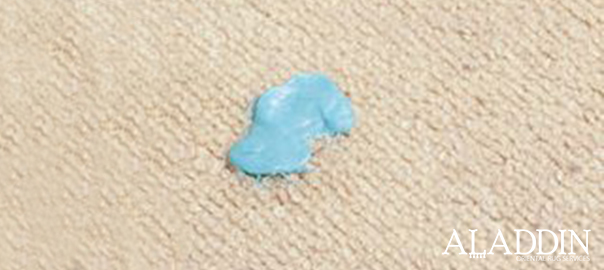There’s nothing like the refreshing flavor and bold taste of a frosty pitcher of fruit punch to refresh you during the long hot days of Summer. It’s simply one of those pleasures that are hard to define – just ask any fruit punch loving kid, and you’re sure to hear songs in rapturous praise of this classic summer beverage. However, there’s just one drawback to enjoying fruit punch inside your home – it’s bright red color makes spilled fruit punch rug or carpet stains notoriously difficult to clean off, as if they remain over long periods of time, the stain can easily set in, permanently painting your rug a bright and garish shade of red. Fortunately, when tackled on the spot, fruit punch stains can be quickly mitigated. In this brief list blog post, the rug stain experts at Aladdin Oriental Rug will provide you with a list of tactics to tackle as soon as a fruit punch rug stain occurs, so that you can quickly reverse it.
Read More →











